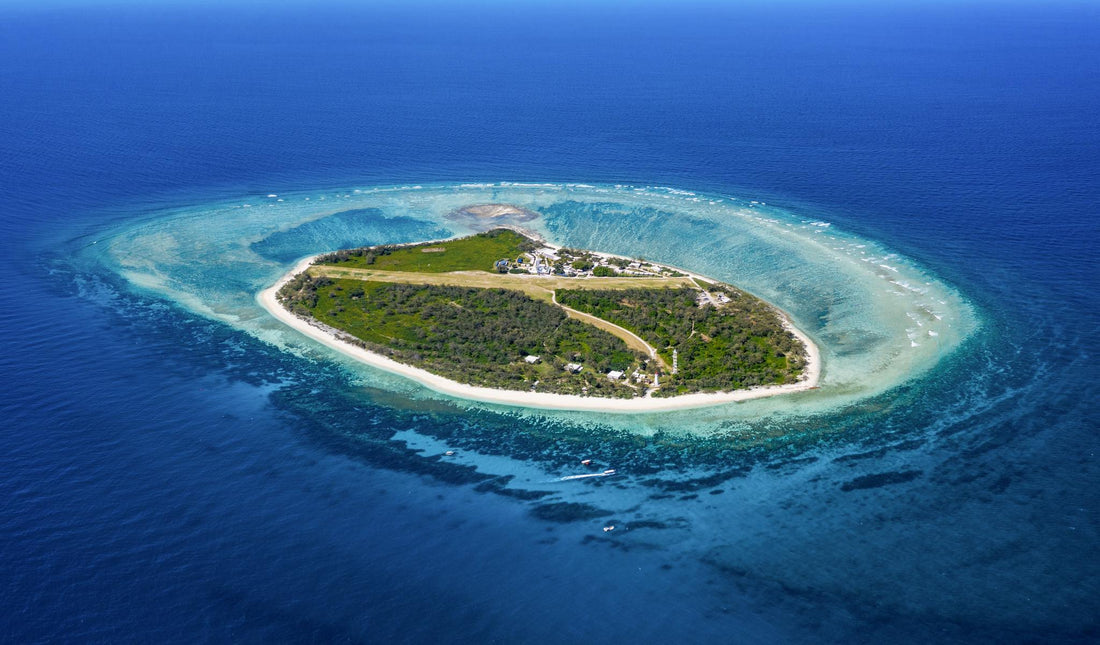
Lady Elliot Island: Home of the Manta Ray
Share
At the southern tip of the Great Barrier Reef, a small coral cay emerges from pristine waters like a jewel in the ocean. Lady Elliot Island isn't just another tropical destination; it's a living testament to how conservation and sustainable tourism can coexist and a place where the rhythm of nature takes precedence over everything else.

A Paradise Reborn
After being mined for guano and hosting a herd of goats for shipwrecked sailors to eat, the island was once a barren landscape. Due to conservation and revegetation efforts of many, this island’s transformation in the last 50 years is quite extraordinary.
Don Adams, who took over the island's management in 1969, began the painstaking work of restoration. His vision wasn't just to repair the damage, but to create a sanctuary where both wildlife and visitors could thrive in harmony. Today, because of Don and other conservation pioneers, Lady Elliot is the beautiful wildlife sanctuary it is today and provided nesting areas for the second highest diversity of seabirds on the Great Barrier Reef.
Leading the Way in Sustainable Tourism
Since 2005, when Peter Gash, his family and several partners took over the lease, enormous strides have been made to introduce sustainable initiatives to convert the resort to renewable energy. Today the Resort is a mini solar city with 1000 solar panels and 256 batteries, which helping to achieve their goal of powering the resort by 100% renewable energy. As custodians of the island, Peter and his team’s commitment to sustainability isn't just about energy, it's a comprehensive approach to minimising environmental impact while maximising conservation outcomes.
These consistent efforts have been recognised from Ecotourism Australia, with Lady Elliot Island Eco Resort achieving Advanced Ecotourism Certification, Climate Action Leader Certification and Green Travel Leader status. The resort also operates under strict environmental guidelines, with each Unit, Tent and Cabin designed to minimise impact on the Island while enriching the overall guest experience.
A Marine Sanctuary Like No Other
Situated within a highly protected 'Green Zone', the coral cay is a sanctuary for over 1,200 species of marine life. This isn't marketing speak; it's the reality of stepping into one of the most biodiverse marine environments on Earth.
The island's location brings unique advantages. Its position far offshore at the southern end of the Great Barrier Reef results in excellent water clarity, creating visibility that makes underwater encounters feel almost otherworldly. The coral formations here aren't just surviving; they're thriving, offering a glimpse of what healthy reef ecosystems look like.
Meeting the Locals: Marine Life
Over 1,200 different species of marine life call the Lagoon and reef surrounding Lady Elliot Island home, including whales, dolphins, many kinds of rays, several species of sea turtle and a plethora of fish. Small marine life is also abundant and much of it is easily discovered by reef walking or snorkelling.
Guests are treated to a range of free, nature-based live entertainment experiences with turtles clambering up the beach to lay their eggs (November – February), followed by the turtle hatchlings dashing their way into the water (January – March).
Lady Elliot Island is known as the ‘Home of the Manta Ray’, and research has identified over 700 individual manta rays in the surrounding waters. That makes for pretty good odds of spotting one as you are flying to/from the Island, or while you are snorkelling, diving or on the glass bottom boat. Between May and November, humpback whales grace the waters surrounding Lady Elliot Island on their annual migration from the Antarctic, providing spectacular acrobatic displays and a whale song soundtrack for snorkellers and divers.
If you spend lots of time below the surface you may even be lucky to catch a glimpse of an endangered Ornate Eagle Ray, known as "the unicorn of the sea". There have been approximately 200 sightings recorded worldwide with over 100 of those just at Lady Elliot Island.

The Feathered Friends
Lady Elliot Island is now one of the most important seabird nesting sites in the entire Great Barrier Reef and is a magnet for bird watchers. During breeding season, the island transforms into a bustling bird metropolis.
Wedge-tailed shearwaters nest in burrows throughout the island, their haunting calls echoing across the landscape at night. Brown boobies, masked boobies, white-capped noddies, common noddies, crested terns, and roseate terns add to the cacophony, while frigate birds patrol overhead, their pterodactyl-like silhouettes unmistakable against the sky.
Red-tailed tropicbirds perform their spectacular courtship flights, their crimson tail streamers trailing behind them like ribbons. Researchers have found what could be the oldest known breeding individual of one of the world's most elusive seabirds on the island, highlighting its significance for seabird conservation.
Research and Conservation in Action
Lady Elliot Island serves as a vital research station where scientists study everything from manta ray behaviour to seabird ecology. The research teams from Leaf to Reef and Project Manta visit the island regularly as part of their multidisciplinary studies. Testament to the island's importance as a manta ray hot spot, Project Manta was established in 2007 and the most sighted (and oldest) individual, 'Taurus', has been seen 76 times at Lady Elliot Island. The Leaf to Reef revegetation project on Lady Elliot Island is the largest reef habitat rehabilitation project of its kind in the Southern hemisphere. It presents a unique opportunity to study how revegetation impacts downstream reef health, from leaf to reef. Findings and insights have significance for eco-systems around the world.
Guests often witness this research in action, including marine biologists photographing manta rays' bellies (how they can be identified from each other), conducting coral health surveys or counting turtle tracks during turtle nesting season.
The Experience
Visiting Lady Elliot Island feels like stepping into a nature documentary, seriously!
Lady Elliot Island offers exceptional snorkelling (Lonely Planet voted Lady Elliot Island #1 BEST place to snorkel in the WORLD for 2025) and some of the best diving opportunities on the Southern Great Barrier Reef, with easy beach access for snorkelling and 20 diverse dive sites accessible by boat.
Multiple snorkel trails are available for different skill levels, as well as daily guided tours including Glass Bottom Boat Tours, Island Discovery and Bird Watching tours.
Lady Elliot Island has a full-service PADI dive shop with experienced team leading at least two dives per day. Whether you're a beginner or advanced, you can explore the reef's marine life through self-guided beach snorkelling or professionally guided tours or dives.
In keeping with the natural, eco-friendly practices there are no telephones, television, radios or Wi-Fi available in the rooms, encouraging guests to disconnect from the digital world and reconnect with nature.
The island's small size (you can walk around it in about 45 minutes) means you're never far from the action. Watching the sunset from near the historic Lighthouse with other guests is the best way to end your day and soak it all in.

Protected Status and Conservation
Lady Elliot Island is a Commonwealth Island located in the Great Barrier Reef Marine Park, managed jointly by the Great Barrier Reef Marine Park Authority and the Queensland Parks and Wildlife Service. This collaborative management approach ensures that conservation remains the priority.
The island's protection as part of the Great Barrier Reef Marine Park's Green Zone means fishing and collecting are prohibited, allowing marine life to flourish without human interference. This protection extends to the island itself, where strict guidelines govern visitor access and activities.
A Living Laboratory
What makes Lady Elliot Island special isn't just what you see, but what it represents. It's proof that with careful management and genuine commitment to conservation, damaged ecosystems can recover and thrive. The island serves as a living laboratory where researchers study everything from manta ray behaviour to seabird ecology, contributing to our understanding of marine ecosystems.
Every turtle that nests on the beach, every manta ray that visits the cleaning stations, and every seabird that successfully raises its chick here represents a conservation success story. For visitors, witnessing this recovery firsthand creates a powerful connection to the broader challenges facing our oceans.
Planning Your Visit
The island's remote location means getting here involves a scenic flight from Bundaberg, Hervey Bay (Fraser Coast), Brisbane (Redcliffe) or the Gold Coast (Coolangatta). This journey isn't just transportation; it's part of the experience! Flight to and from Lady Elliot Island offering aerial views of the Great Barrier Reef that provide context for the underwater world you're about to explore.
The resort hosts a maximum of 150 overnight guests in different styles of accommodation, ensuring that crowds never overwhelm the island's delicate ecosystem. This small scale means booking ahead is essential, but it also guarantees an intimate experience.
Lady Elliot Island isn't just a destination—it's a glimpse into what's possible when conservation and tourism work together. It's a place where the wonder of the natural world takes centre stage, where cutting-edge sustainability practices meet world-class wildlife encounters, and where every visitor becomes part of an ongoing conservation story that started with one person's vision and continues with every mindful footstep on coral sand.


